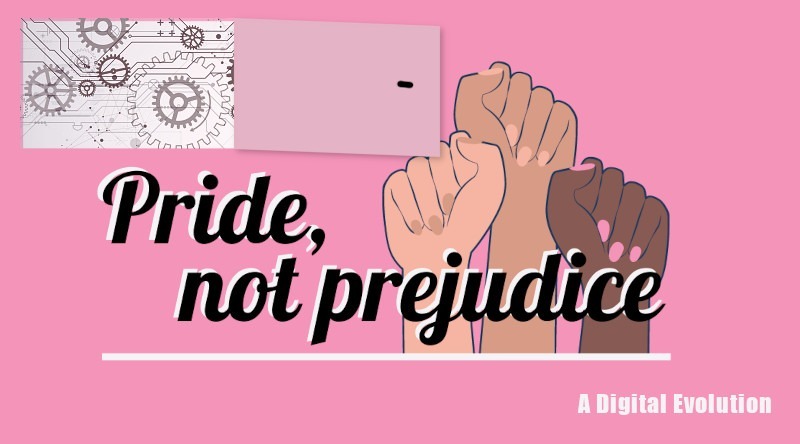Whose package is this anyway?
Once a shopper’s order(s) had been packaged, we had to walk to a computer to look up the order by ID in the admin portal and update its status. That’s a lot of walking! Great for our cardio, but not the best use of our time. We also spent a substantial amount of time during the packaging process reading whose order it is and where it’s headed (local pickup or shipping) from the small print order invoice stapled to the package.
Once again, we needed to leverage technology to improve the efficiency of our process.
We made a barcode scanner
We knew that eliminating the walking would save a lot of time, it would be convenient to be able update the order status on the spot. With that in mind, I made a barcode scanner web app to run on our phones, using the Barcode Detection API browser technology.
To be able to use the scanner app, I enhanced the order invoice by adding a barcode, shopper name, and destination code in large lettering to the top. We could now immediately determine who and where at a glance. Upon scanning a barcode, we could also check and update the status of that order on the spot.
This scanner app saved us many trips to the computer, reducing our order fulfillment speed by as much as half the original time.
It’s ok to order twice
Because shoppers sometimes placed multiple orders (we understand, there were so many shiny items to look at during the event), we had to ensure that multiple orders were combined into one package per shopper. During our first runs we did this by memory and manual inspection.
An update to our order fulfillability spreadsheet made this a lot easier, linking additional orders made by a shopper to the first order. It was now simple to check whether all of a shopper’s orders were fulfillable or if it was still awaiting items from a vendor. We were able to better prioritize our packaging efforts with this information, eliminating the scenario where we started packaging a shopper’s orders only to realize halfway through that we couldn’t complete the package.
With these improvements added to our list of supports and time savers, we now had a reliable process for running our show with confidence instead of stress. Looking back, it was an incredible journey from flying by the seats of our pants to delivering a solid online show to our vendors, shoppers, and ourselves.
Editor’s note
Pride, Not Prejudice is an online craft & community fair for the socially conscious, curated & managed by Ifs, Ands, or Buttons.

